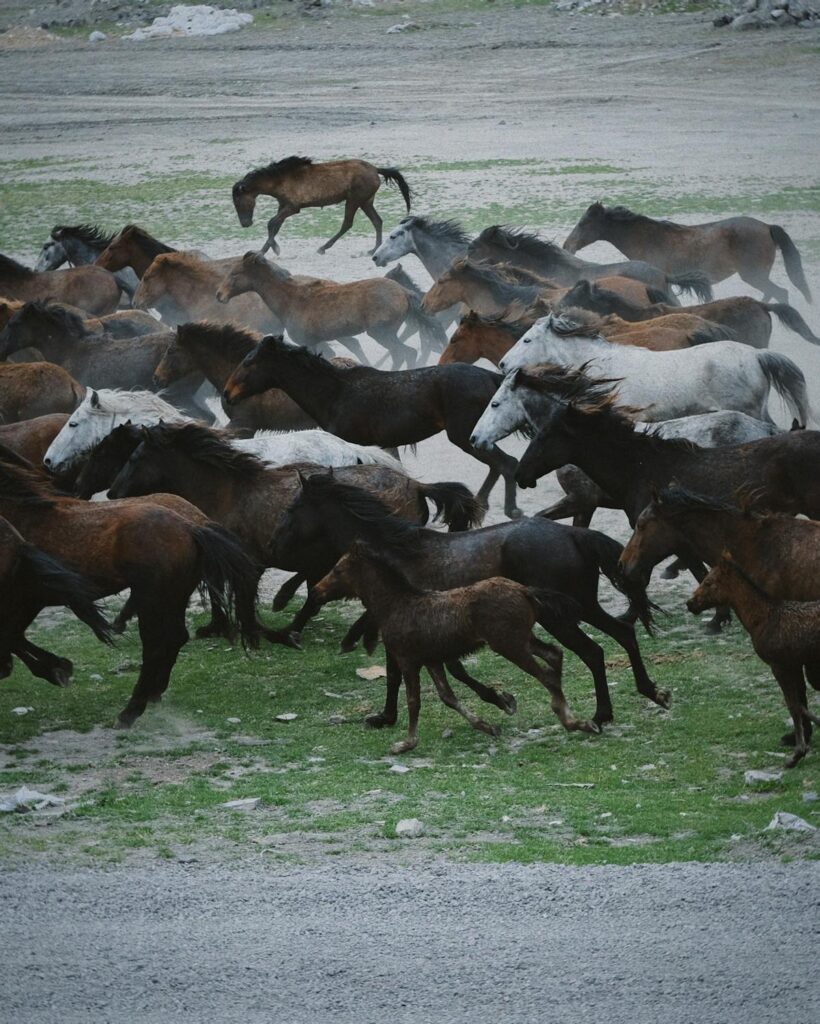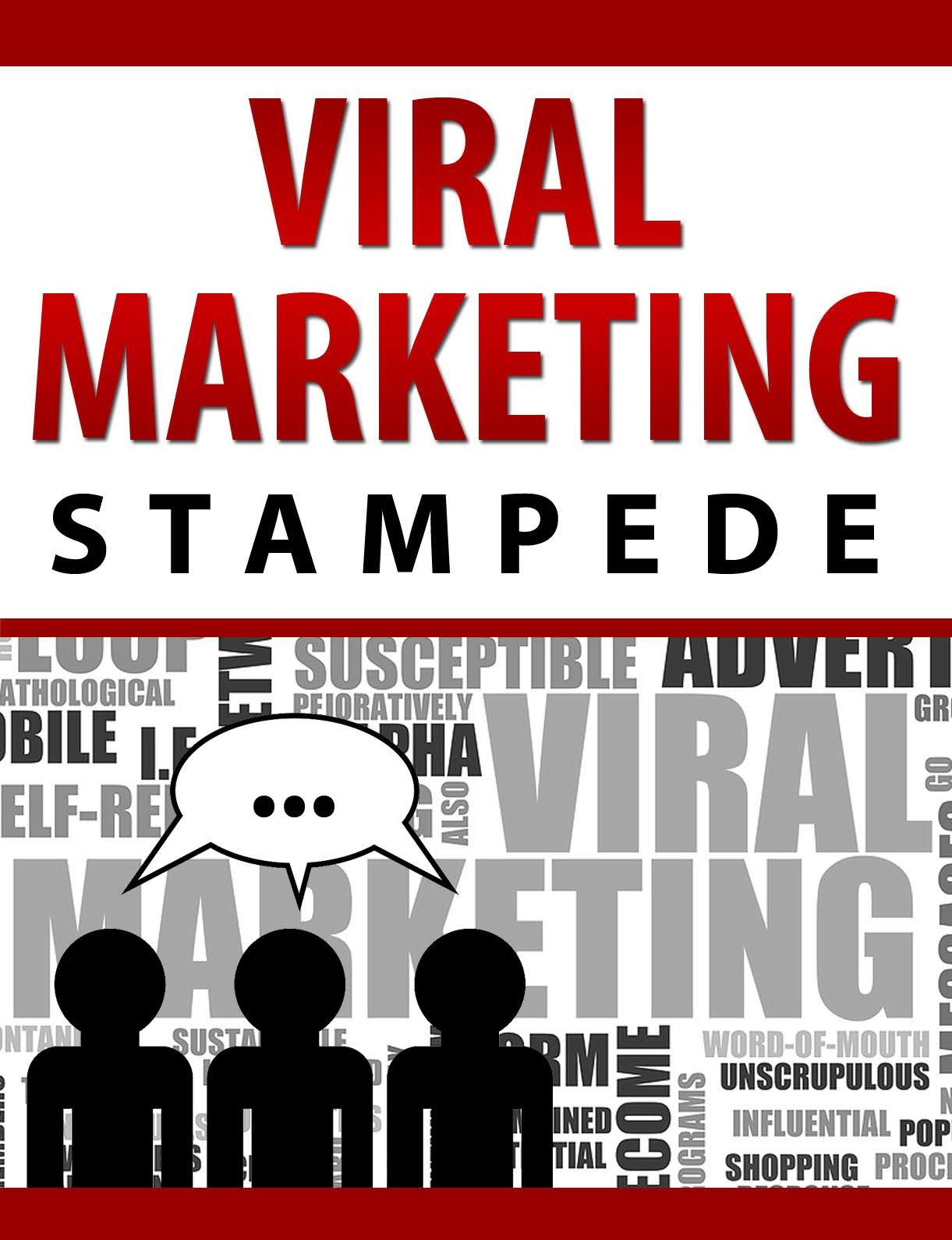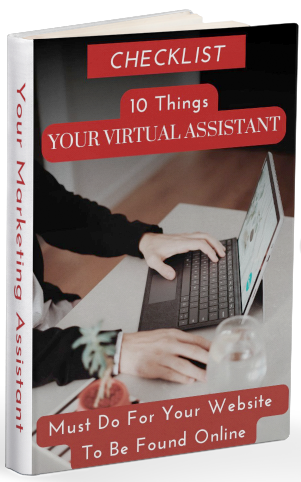What is Viral Marketing?
Imagine getting thousands of visitors to your site, or logging in to YouTube and seeing the number of views of your last video climbing into the millions. What if I told you all that is possible with just a little effort and a nifty little marketing tactic known as Viral Marketing?
What might that kind of attention do for your business?
- Would you earn more sales?
- Gain more customers?
- Make more profits?
Think for a minute how a real virus spreads, and you’ll get a sense of what a viral marketing campaign looks like. It starts with one person, who passes it on to several more people, who each pass it along to several more people, and before you know it, you have thousands – or maybe millions – of people all continuing to spread the virus to their friends, family, colleagues, and customers.
Now that’s not so nice when it happens with the seasonal flu, but when it’s your brand that’s spreading at an exponential rate, it can be pretty good for the bottom line!
Definition of Viral Marketing
Web Marketing Today defines viral marketing like this:
“Viral marketing describes any strategy that encourages individuals to pass on a marketing message to others, creating the potential for exponential growth in the message’s exposure and influence.”
What does that mean, exactly?
Basically, the goals of a viral marketing campaign are to
- Get readers/viewers/customers to share your content via social networks, email, or any other communication network
- Extend the reach of your message through this sharing, and provide exponential growth of your customer base.
- Increase your brand recognition
- And do it all without a huge advertising budget – that’s the magic of viral marketing.
There’s something else to remember, though: Just because it’s viral, doesn’t mean it’s marketing. A funny video of your cat fighting with itself in the bathroom mirror might very well go viral on YouTube, but so what?
What good does it do you? Did it get your brand out there? Do all the millions of people who love funny cat videos care about your brand?
Remember the big marketing rule about finding a targeted audience, because lots of traffic doesn’t mean anything if they’re all just passing through on their way to somewhere else.
Sometimes in a viral campaign, the campaign is the product. Think of Nicole Dean’s Blog World Tour product for example. She was guest blogging as a way of promoting her new product about guest blogging. She incorporated her campaign right into her product, with spectacular results.
In this post, we’re going to look at some examples of great viral marketing campaigns, and examine what works and what doesn’t when creating a viral marketing strategy for your business.
We’ll talk about the parts of a successful viral marketing campaign, and I’ll provide examples you can use in your own business, whether you work online or off. Finally, we’ll look at how different business models can use viral marketing to make more sales and improve their bottom line.
Ready? Let’s start a stampede!
History of Viral Marketing
Even though you’re probably most familiar with the term as it relates to Internet businesses, viral marketing has been around for as long as marketing has existed. Before computers – before the invention of the television, even – people relied on word-of-mouth advertising and viral campaigns to bring in sales.
Think of the barnstormers that roared across the United States just after World War I. They’d fly low over a small, rural village, catching the interest of the locals, then set up makeshift air field at a farm outside of town and wait for the crowds to arrive. And the crowds almost always did. Why? Because the news – and excitement – of the flying machine spread like a virus, even without the help of modern communication.
Now you can see that even though the old barnstormers used a form of viral marketing to bring hoards of curious onlookers and wannabe stunt pilots to see them perform (and spend their money), this virus had a limit. Rural towns and villages are small, and travel at the time was slow, so the crowd size was naturally limited.
Here’s another example you might be familiar with: The Grateful Dead.
At a time when record labels and bands were searching fans at the door to make sure they weren’t carrying any recording devices into a live show, the Dead actually encouraged it. They wanted their fans to enjoy the show, and to share it with their friends and family.
Whether on purpose or not, the Grateful Dead were utilizing a viral marketing strategy that built their fan base quickly, and that continues to work today, 25 years after Jerry Garcia’s death.
Today, advanced technology has made it possible for viral marketing campaigns to spread across the globe in a matter of hours. Unlike the barnstormers limitation of playing to just the local crowd, or the Grateful Dead’s reliance on physical cassette tapes passed hand to hand, marketers today have the advantage of an enormous web of interconnected computers. Even the smallest marketer in the tiniest corner of the Internet has the potential to reach millions of potential customers, all without leaving her office.
Some of today’s largest companies have their roots in viral marketing campaigns – although in this case it’s called network marketing. Amway Corporation – ranked by Forbes as one of the largest private companies in the United States – relies heavily on network marketing to recruit new partners and keep their business growing. With sales of $8.4 billion in 2009, it’s clear their campaigns are successful.
Whether you call it network marketing, viral marketing, or something else, the practice is sound, and can work for virtually any business model. Let’s look at some viral marketing examples that have performed well online.
Examples of Online Brand Recognition
Blair Witch Project
Back in the early days of the Internet, an independent movie studio called Haxan Films, with a budget of just $25,000, produced a movie that would become a legend: The Blair Witch Project.
The film made more than $240 million worldwide, largely because of Hexan’s unusual marketing techniques. Without the big budget of a corporate studio, Hexan had to get creative, and the strategy worked well. So well, in fact, that you could say the film went viral.
Hexan developed an elaborate backstory to go with the movie, built a website dedicated to the “history,” and recorded “interviews” with local police and residents, making it appear as if the events in the film really happened. Then they leaked the story, building interest and driving traffic to the film’s website. By the time the movie was actually released, the public was clamouring to see it.
Of course, movie studios have been using viral marketing strategies for years. It doesn’t take a master marketer to figure out that promoting your animated movie with free toys stuffed into a Happy Meal is a great way to build an audience.
But the Blair Witch creators took it a step further by using virtually free advertising techniques available on the Internet, and that’s something any business owner can do, whether you work online or off.
Will it Blend?
Will it Blend? is a highly successful viral marketing campaign for a line of expensive blenders. The campaign consists of a series of infomercials that demonstrate the power and durability of the Bendtec home and professional blenders. The commercials are distributed through YouTube, with more than 300 thousand subscribers signed up to see the latest instalment.
So far, the slightly geeky, grandfatherly Tom Dickson – CEO of Blendtec – has blended over 100 items, and propelled his company into Internet marketing history. And it’s not hard to see why this viral campaign has taken off. All you have to do is look at a sample of what Dickson has put in his blender.
Will it Blend? videos have featured blended glow sticks, chicken and Coke floats, powdered vuvuzela, and even pulverized iPhones. Whether you want to see the merely interesting, the slightly disgusting, or take out your virtual frustrations against an irritating noisemaker, Blendtec has the answer. And if none of that appeals to you, surely you’d tune in to see the hottest gadget in town take a beating. You aren’t alone, either. More than 16 million viewers have watched Dickson destroy everyone’s favorite cell phone.
What makes Will it Blend? so popular? First, the videos are entertaining. You can’t help but be amused when Dickson “accidentally” blends his new iPhone instead of the old one. Second, they’re easy to share. YouTube videos can be embedded on web pages and Facebook, links can be sent via email and Twitter, and they’re great for social bookmarking sites like StumbleUpon.
Will it Blend? videos are just the right length for bored Internet surfers looking for a fun distraction
Lastly, Will it Blend? is unusual. It’s not a copy and paste job of someone else’s campaign. It’s not a me too site looking to ride on the coattails of a more popular product. Tom Dickson found a unique and entertaining way to get the word out about his company, and judging by the number of views his 101 videos have had, I’d say he’s created a stampede.
Hotmail
At a time when email was relatively new, Microsoft launched one of the first web-based email services, and one of the only free services available at the time. Their advertising plan was simple – a link at the bottom of every email sent through their system promoted the service with a link to “get your own Hotmail account.”
The plan was viral right from the start. Every single email contained the link, so no matter who you sent a message to, they saw the link. Users didn’t have to do anything special. There was no need to ask them to embed the link, pass on the information, or even discuss their email choices with anyone. In fact, if you asked most users, they wouldn’t even be aware the link existed.
But the result was spectacular. Hotmail was launced in July of 1996, and by December of 1997 had more than 8 million subscribers. That – and the fact that Hotmail was a fantastic and innovative product – was enough to make it worth $400 million dollars when Microsoft purchased the service in late 1997.
Without the work of the marketing virus, Hotmail may have drifted off into Internet anonymity, but as it is, we still use Hotmail today (now called Windows Live Mail), more than 13 years later.

The Common Denominator of the Stampede
What do these four examples of real-life viral marketing all have in common? They are all a quality product.
Barnstormers provided great entertainment for the bored rural population at a time when they had money to spend. The Grateful Dead made every single show unique, and encouraged their fans to share their enthusiasm through recordings, ultimately bringing in new fans by the thousands. The Blair Witch project was a great movie, filmed in an unforgettable and unique way. Even those who don’t like horror can appreciate the style. And finally, the “will it blend” guys make a fantastic blender.
If you want your marketing campaign to go viral, keep this in mind. It’s much easier to do with a fantastic product your customers will love. Remember, it’s possible for a viral campaign to be negative as well, and if you put out a bad product, that’s much more likely to happen. So the first step to any viral campaign is quality.
Something else these campaigns all have in common is their unique product and style. None of these campaigns had been done before. Their creators all made an effort to come up with a quality product, presented in a unique and unforgettable way, and it’s paid off for them. It will work for your business, too, once you know how to build your viral campaign.
Learn More
To continue learning more, read the next post – Watch Your Profits Grow by Using a Viral Marketing Campaign.







